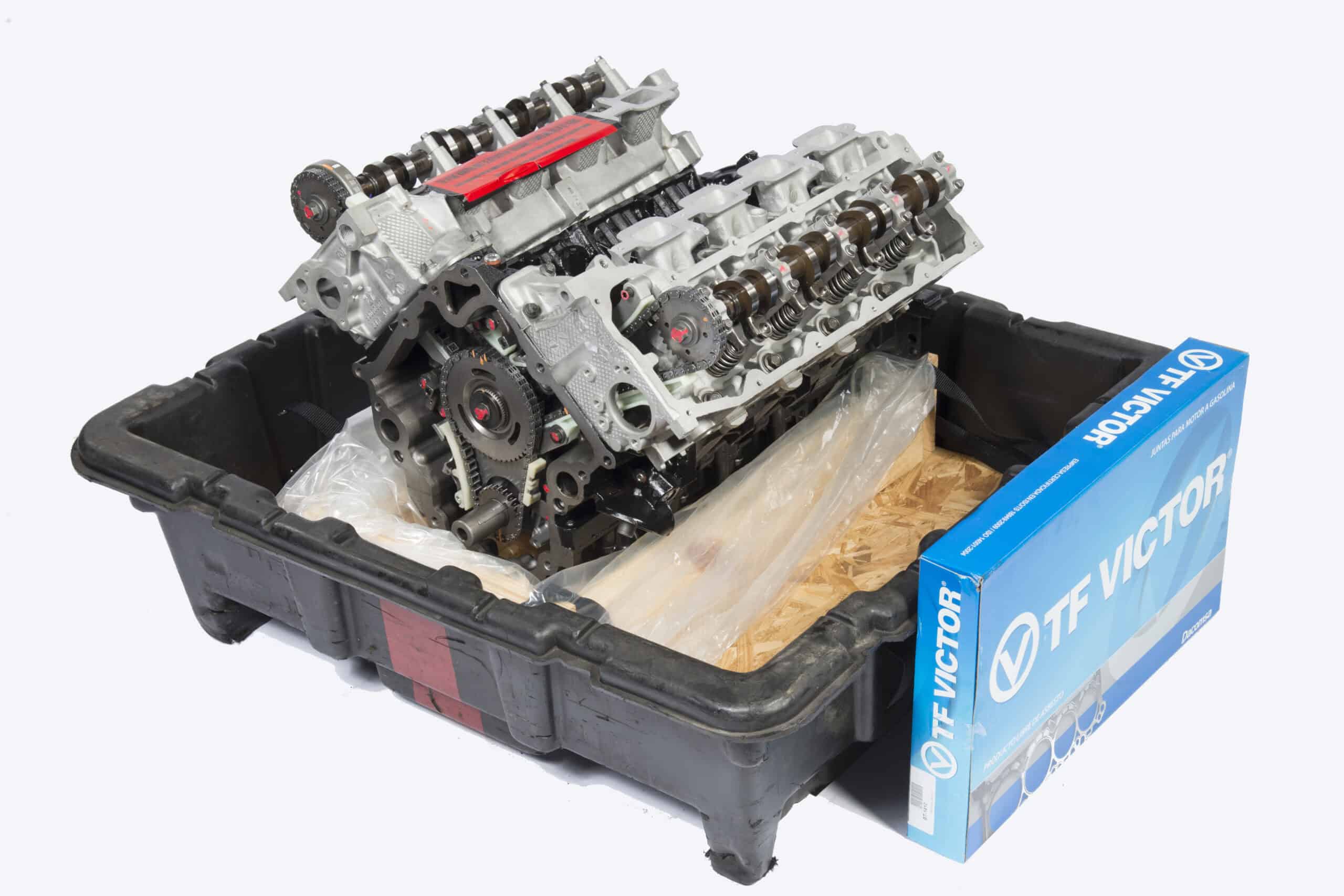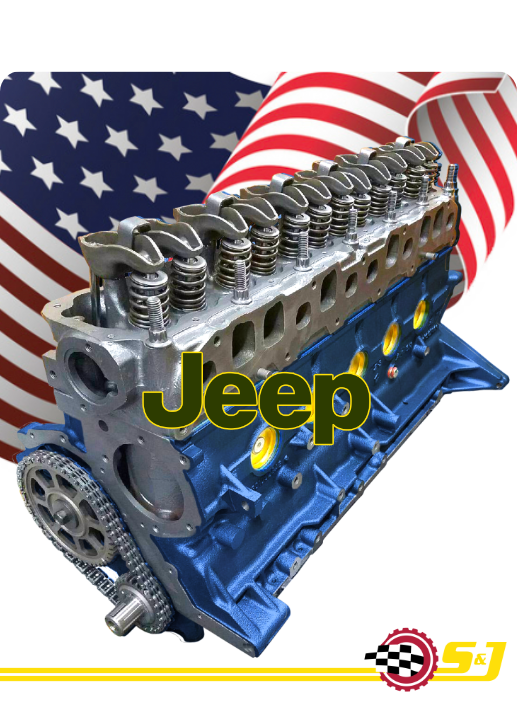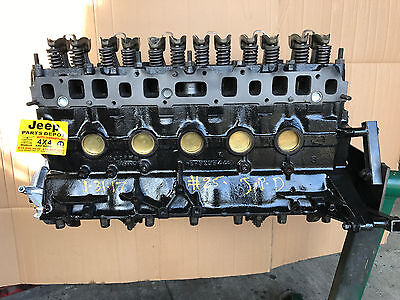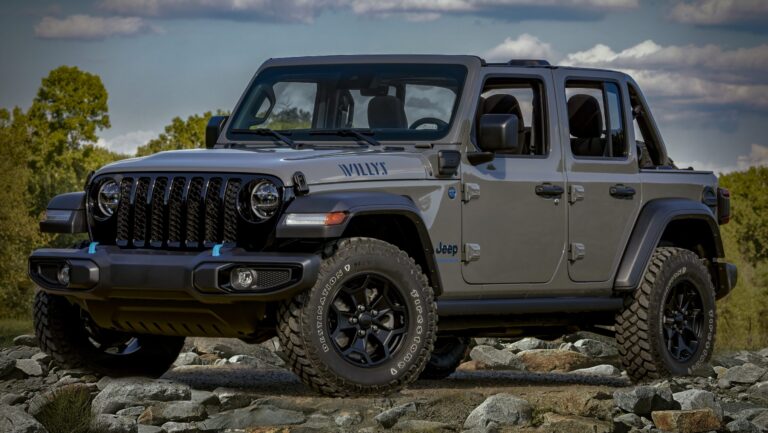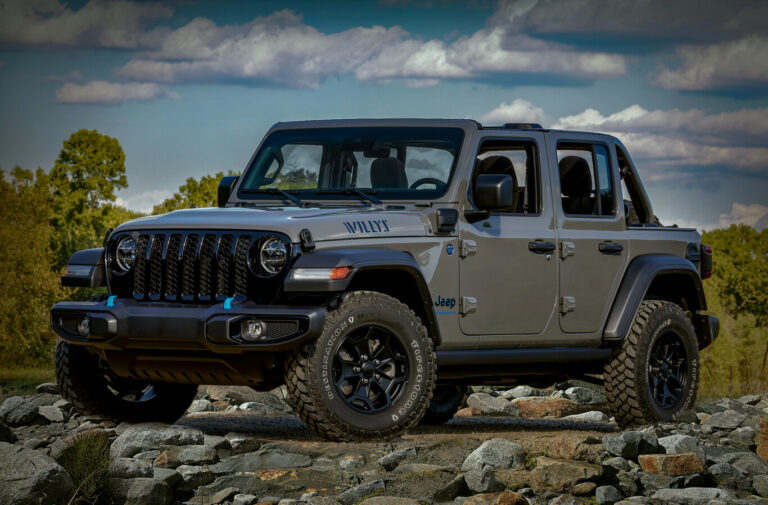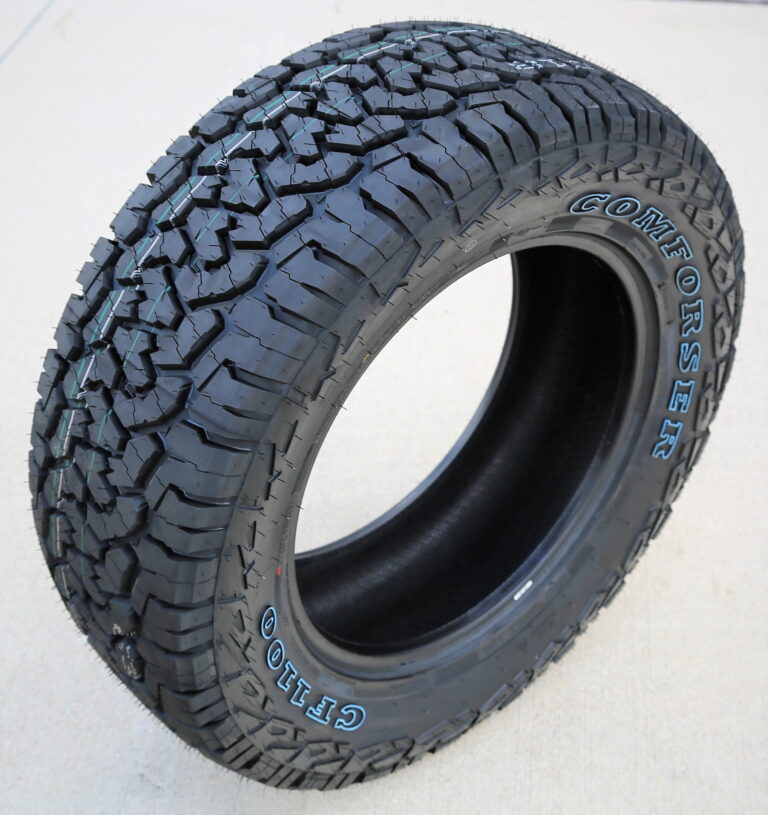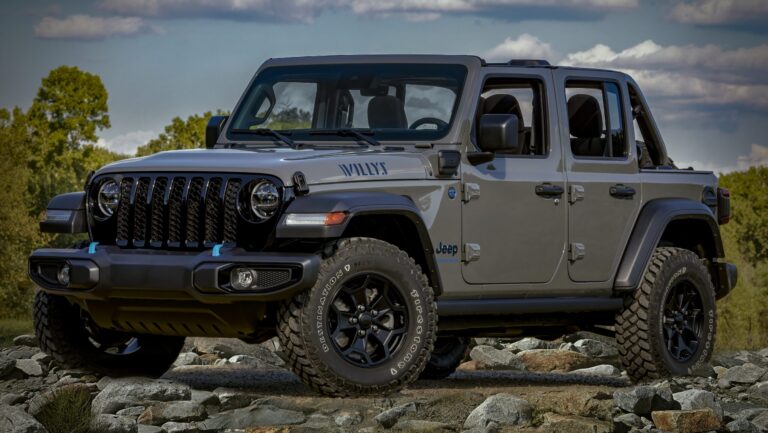Jeep Crate Motors For Sale: Unleashing New Power in Your Off-Road Beast
Jeep Crate Motors For Sale: Unleashing New Power in Your Off-Road Beast jeeps.truckstrend.com
For generations, the Jeep has stood as an icon of freedom, adventure, and unparalleled off-road capability. From the rugged simplicity of the CJ to the modern sophistication of the JL Wrangler, these vehicles are built to conquer. However, even the most legendary powertrains eventually show their age, or perhaps, a discerning owner simply craves more power, more reliability, or a more modern driving experience. This is where the concept of "Jeep Crate Motors For Sale" becomes not just relevant, but revolutionary.
A crate motor is, quite simply, a brand-new or professionally remanufactured engine that comes pre-assembled and ready for installation – packaged and shipped in a protective crate. For Jeep enthusiasts, the availability of these motors opens up a world of possibilities: breathing new life into a beloved classic, upgrading a tired powerplant, or performing a transformative swap that dramatically alters the vehicle’s performance characteristics. This comprehensive guide will delve into everything you need to know about Jeep crate motors, helping you navigate the options and make an informed decision for your next adventure.
Jeep Crate Motors For Sale: Unleashing New Power in Your Off-Road Beast
Understanding Jeep Crate Motors: What Are They?
At its core, a crate motor is a complete or nearly complete engine assembly supplied by an original equipment manufacturer (OEM), an aftermarket performance company, or a specialized engine builder. Unlike a rebuild, which involves disassembling, inspecting, and repairing an existing engine, a crate motor offers a fresh start.
They typically come in a few configurations:
- Short Block: Includes the engine block, crankshaft, connecting rods, and pistons. You’ll need to add your cylinder heads, camshaft, valvetrain, and other external components.
- Long Block: A more complete assembly, typically including the short block plus cylinder heads, camshaft, valvetrain, and often the oil pan and timing cover. Most of the internal components are installed.
- Turn-Key (or Complete): This is the most comprehensive option, arriving with virtually everything needed to run: intake manifold, carburetor/fuel injection system, ignition system, water pump, and sometimes even a starter and alternator. These are designed to be "drop-in and go," though supporting modifications are almost always necessary.

The appeal for Jeep owners is clear: instead of the lengthy, often unpredictable process of rebuilding an old engine, a crate motor offers a factory-fresh or professionally assembled unit with a warranty, promising reliability and often a significant performance boost right out of the box.
The Benefits of Opting for a Crate Motor for Your Jeep
Choosing a crate motor for your Jeep isn’t just about replacing a broken engine; it’s an investment in performance, reliability, and the future enjoyment of your vehicle.
- Performance Upgrade: Many Jeep owners opt for crate motors specifically to gain power. Swapping a venerable 4.0L I6 for a modern Hemi V8 or a powerful LS-based GM engine can dramatically transform acceleration, towing capability, and overall driving dynamics, making highway cruising effortless and off-road obstacles seem smaller.
- Reliability & Longevity: New components, professional assembly, and rigorous testing ensure a higher degree of reliability compared to a backyard rebuild. Crate motors often come with a warranty, providing peace of mind against defects or premature failure.
- Time Savings: Rebuilding an engine can be a time-consuming endeavor, requiring specialized tools, expertise, and often leading to unexpected delays. A crate motor significantly reduces downtime, allowing you to get your Jeep back on the road or trail much faster.
- Simplified Installation: While still a complex task, a complete crate motor reduces the number of variables and parts sourcing required. It’s designed to be a cohesive unit, streamlining the installation process compared to assembling an engine from individual components.
- Modern Technology & Efficiency: Newer crate engines, particularly those from Mopar or GM, incorporate advanced technologies like variable valve timing, direct injection, and sophisticated engine management systems, leading to better fuel economy (relative to power output), smoother operation, and reduced emissions.
- Customization Potential: Crate motors offer a broad spectrum of choices, allowing you to tailor your Jeep’s powerplant to your specific needs – whether it’s low-end torque for rock crawling, high horsepower for desert running, or a balanced approach for a daily driver.
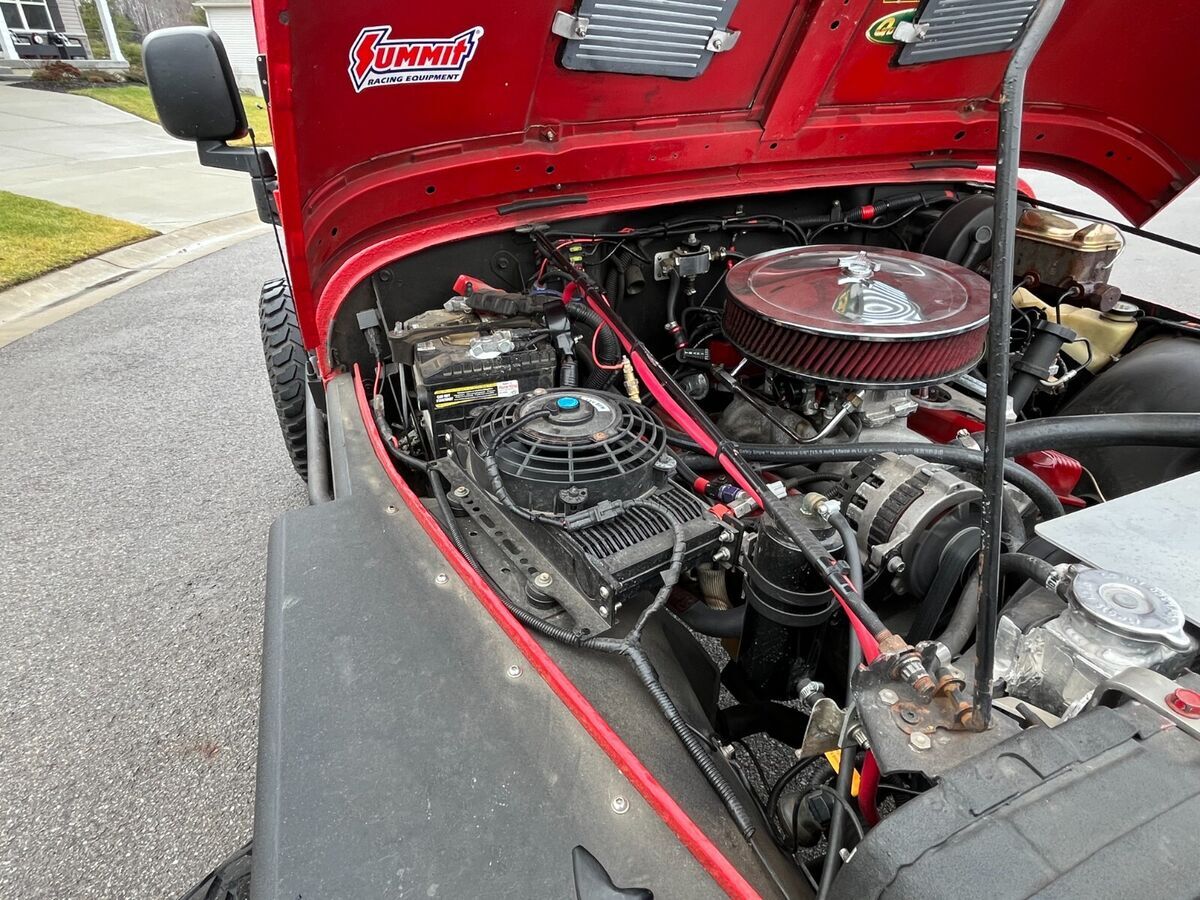
Types of Jeep Crate Motors Available
The market for Jeep crate motors is diverse, catering to various budgets, performance goals, and compatibility requirements.
- OEM Replacement Engines: These are direct-fit replacements for your Jeep’s original engine. Examples include remanufactured 4.0L I6 engines for TJ/XJ models, or new 3.6L Pentastar V6 engines for JK/JL Wranglers. These are ideal for restoring original performance without major modifications.
- Mopar Crate Engines (Hemi Swaps): Mopar Performance Parts offers a range of potent V8 crate engines that are incredibly popular for Jeep swaps.
- 5.7L Hemi: A significant power upgrade for older Jeeps, offering a great balance of power, torque, and relative ease of integration.
- 6.4L Hemi (392 Crate): Steps up the power considerably, providing exhilarating performance for more demanding drivers.
- 6.2L Hellcat (Supercharged Hemi): The ultimate power statement, delivering over 700 horsepower. This is a highly complex and expensive swap, requiring extensive drivetrain and chassis reinforcement.
- 3.0L Hurricane (Twin-Turbo I6): While newer, the Hurricane offers a compelling blend of power and efficiency, and is becoming an option for modern JL/Gladiator swaps.
- GM LS Swaps (Aftermarket): General Motors’ LS series V8 engines are arguably the most popular engine swap choice across all vehicle types, including Jeeps. Their compact size, robust design, vast aftermarket support, and incredible power potential (from 4.8L to 7.0L and supercharged variants) make them a formidable option. Numerous companies offer complete LS swap kits for various Jeep models.
- Diesel Options: For those prioritizing torque and fuel economy, diesel crate engines like the Cummins R2.8 turbodiesel are gaining traction. These offer immense low-end grunt ideal for heavy towing and slow-speed off-roading.
Key Considerations Before Buying a Jeep Crate Motor
A crate motor purchase is a significant investment. Careful planning is essential to ensure a successful and satisfying outcome.
- Compatibility: This is paramount. Does the engine physically fit in your Jeep’s engine bay? Will it bolt up to your existing transmission? What about the transfer case, driveshafts, and axles – can they handle the increased power? You’ll likely need new engine mounts, a custom exhaust, and a significantly upgraded cooling system.
- Budget: The cost of the crate motor itself is just one part of the equation. Factor in the cost of supporting modifications (transmission, transfer case, axles, driveshafts, radiator, fuel system, wiring harness, ECU, gauges), labor for professional installation (if not DIY), and potential unexpected expenses. A "cheap" crate motor can quickly become very expensive if you don’t account for everything.
- Intended Use: Will your Jeep be a daily driver, a dedicated rock crawler, an overlanding rig, or a street performance machine? Your intended use will heavily influence the best engine choice and necessary supporting modifications.
- Emissions & Legality: This is a critical point, especially in states with strict emissions regulations (e.g., California). Swapping an engine that is not certified for your vehicle’s model year or that lacks proper emissions equipment can make it illegal to register or drive. Research your local and state laws thoroughly.
- Warranty: Understand the warranty terms for the crate motor. Most new crate motors come with a warranty, but it may have specific requirements for installation, break-in, and use of approved lubricants. Aftermarket parts used in conjunction with the motor might void the warranty.
- Installation Difficulty: While a "drop-in" engine simplifies some aspects, a full engine swap is a complex undertaking requiring advanced mechanical skills, specialized tools, and often custom fabrication. Be realistic about your DIY capabilities, or budget for professional installation.
Navigating the Market: Where to Find Jeep Crate Motors For Sale
The market offers several avenues for purchasing a Jeep crate motor:
- Direct from Mopar/Jeep Performance Parts (JPP): For Mopar-specific engines (Hemi, Pentastar, Hurricane), buying directly from Mopar or authorized dealerships ensures genuine parts and warranty support. They also offer "engine packages" that include the necessary wiring harness, ECU, and accessory drives.
- Aftermarket Performance Shops: Companies specializing in Jeep engine swaps (e.g., AEV, Dakota Customs, MoTech, Bruiser Conversions) often sell complete crate engine kits, including all the necessary conversion components like mounts, wiring harnesses, and cooling systems.
- Online Retailers: Large automotive parts retailers like Summit Racing, Jegs, and Speedway Motors carry a wide selection of crate motors from various manufacturers, including GM performance engines and some Mopar options.
- Specialized Crate Engine Companies: Companies like ATK, Blueprint Engines, and S&P Performance specialize in building and selling new or remanufactured crate engines, often with customizable options.
- Salvage Yards/Used Market: While possible to find used engines, purchasing a "used crate motor" from a salvage yard carries significant risk. Without a warranty or knowledge of its history, you could be buying someone else’s problems. This option is generally not recommended unless you are an experienced engine builder who can thoroughly inspect and rebuild it.
The Installation Process: What to Expect
A crate motor swap is a substantial project, whether you’re tackling it yourself or hiring a professional. Here’s a simplified overview of the key steps:
- Preparation & Planning: Gather all necessary parts (engine, transmission, mounts, cooling, fuel system, wiring, ECU, exhaust components) and tools. Disconnect the battery and drain fluids.
- Removal of Old Engine: Disconnect all hoses, wires, accessories, and the transmission. Carefully lift and remove the old engine.
- Engine Bay Prep: Clean the engine bay, inspect for any rust or damage, and prepare for new mounts.
- Test Fit & Mounts: Install new engine mounts and test fit the new crate motor. This is where you identify any clearance issues with the firewall, steering components, or suspension.
- Transmission & Transfer Case Alignment: Mate the new engine to your chosen transmission (which may also be new or upgraded) and then connect the transfer case.
- Connecting Systems: Install the new radiator, fan, fuel lines, exhaust manifolds/headers, and all necessary sensors.
- Wiring Harness & ECU: This is often the most challenging part of a modern swap. Integrating a new engine’s wiring harness and ECU with your Jeep’s existing electrical system requires meticulous attention and often specialized knowledge. CAN bus integration can be particularly tricky.
- Fluids & Initial Start-Up: Fill all fluids (oil, coolant, transmission fluid). Perform initial checks and prime the fuel system. Follow the engine manufacturer’s specific break-in procedures carefully.
- Tuning: For optimal performance, fuel economy, and longevity, custom tuning of the engine’s ECU is often necessary, especially for non-OEM swaps or highly modified engines.
Tips for a Successful Crate Motor Swap
- Plan Meticulously: Research every component, compatibility, and potential hurdle before you buy anything.
- Budget for the Unexpected: Add 20-30% to your initial budget for unforeseen costs, parts, or labor.
- Consult Experts: Join online forums, read build threads, and talk to reputable swap shops. Learn from others’ experiences.
- Don’t Skimp on Supporting Mods: An engine is only as good as the components around it. Upgraded cooling, a robust fuel system, and a strong drivetrain are non-negotiable for higher horsepower applications.
- Professional Help: If you’re unsure about any aspect, especially wiring or fabrication, hire a qualified professional. It’s cheaper than fixing major mistakes.
- Follow Break-in Procedures: Adhere strictly to the manufacturer’s recommendations for initial start-up and break-in to ensure proper ring seating and engine longevity.
Potential Challenges and Solutions
- Fitment Issues: Custom engine mounts, transmission crossmembers, and even firewall modifications may be required. Fabrication skills or a trusted fabricator are key.
- Electrical Nightmares: Modern vehicles rely heavily on complex electrical systems. Pre-made swap harnesses from reputable companies are a lifesaver. Patience, good wiring diagrams, and a multimeter are essential.
- Cooling Problems: More powerful engines generate more heat. A larger, higher-efficiency radiator, upgraded fan, and proper shroud are usually required to prevent overheating, especially off-road.
- Drivetrain Stress: Increased horsepower and torque will find the weakest link. Be prepared to upgrade your transmission, transfer case, driveshafts, and potentially axles to handle the new power.
- Emissions Compliance: Research thoroughly. Solutions might include using a CARB-compliant engine, ensuring all original emissions equipment is retained/upgraded, or moving to a state with less stringent regulations.
Jeep Crate Motors For Sale: Estimated Price Guide
Please note: Prices are highly variable based on supplier, included accessories (e.g., wiring harness, ECU, accessory drive), and market demand. These are estimates for the engine assembly only, not including installation or supporting modifications.
| Engine Type | Common Jeep Applications | Estimated Price Range (USD) | Key Features/Notes |
|---|---|---|---|
| Remanufactured 4.0L I6 | TJ, XJ, YJ, ZJ | $2,500 – $4,500 | OEM replacement, reliable, good for stock restoration. Long block typically. |
| New 3.6L Pentastar V6 | JK, JL, JT | $5,000 – $8,000 | Direct OEM replacement for modern Wranglers. Often long block. |
| Mopar 5.7L Hemi | TJ, JK, JL (with swap kits) | $6,500 – $10,000 | Excellent balance of power, torque, and cost for a V8 swap. |
| Mopar 6.4L Hemi (392 Crate) | JK, JL, TJ (with swap kits) | $10,000 – $15,000 | Significant power increase, popular for performance builds. |
| Mopar 6.2L Hellcat | JK, JL (advanced custom builds) | $20,000 – $35,000+ | Extreme power, supercharged. Requires extensive drivetrain/chassis upgrades. |
| GM LS Series (e.g., LS3) | TJ, JK, XJ (with swap kits) | $7,000 – $12,000 | Highly versatile, vast aftermarket support, great power-to-weight. |
| Cummins R2.8 Turbodiesel | TJ, JK, XJ (with swap kits) | $8,000 – $12,000 | Excellent torque, fuel economy, ideal for overlanding/towing. Complete engine. |
Note: These prices do not include the cost of swap kits (which can add $3,000-$10,000+), installation labor, or necessary drivetrain/cooling/fuel system upgrades, which can easily double or triple the overall project cost.
Frequently Asked Questions (FAQ)
Q1: What’s the difference between a short block, long block, and turn-key crate motor?
A1: A short block is just the engine block with crankshaft, rods, and pistons. A long block adds cylinder heads, valvetrain, and camshaft. A turn-key (or complete) motor is fully assembled with intake, fuel system, ignition, and often accessories, ready to run once installed and connected.
Q2: Do Jeep crate motors come with a warranty?
A2: Most new crate motors from reputable manufacturers (like Mopar) or engine builders come with a warranty. The duration and coverage vary, so always check the specific terms and conditions, as some warranties require professional installation or adherence to specific break-in procedures.
Q3: Can I install a crate motor myself?
A3: A full engine swap is a highly complex project requiring advanced mechanical skills, specialized tools, and often custom fabrication or extensive wiring knowledge. While some experienced DIYers tackle it, it’s often recommended to seek professional installation, especially for modern electronic engines.
Q4: Will a crate motor swap affect my Jeep’s emissions testing?
A4: Yes, absolutely. This is one of the most critical considerations. Emissions laws vary by state/country. Swapping to an engine not originally offered in your vehicle or not certified for your vehicle’s model year can make it illegal to register or pass emissions. Always research your local laws before proceeding.
Q5: How much does a complete Jeep engine swap typically cost (engine + installation + parts)?
A5: This varies wildly. For a basic OEM replacement, you might be looking at $5,000 – $10,000. For a Hemi or LS swap, a complete, professionally installed project can range from $15,000 to $40,000+, depending on the engine, the Jeep model, and the extent of supporting modifications needed. Hellcat swaps can exceed $50,000-$70,000.
Q6: Are there any legal restrictions on engine swaps?
A6: Yes. Besides emissions regulations, some jurisdictions have rules regarding engine type (e.g., same make as vehicle), or the engine cannot be older than the vehicle it’s installed in. Always consult your local Department of Motor Vehicles or equivalent authority.
Conclusion
The availability of "Jeep Crate Motors For Sale" represents a golden opportunity for enthusiasts to redefine their vehicle’s capabilities. Whether you’re aiming for a reliable OEM replacement, a significant performance upgrade with a roaring V8, or the torque of a modern diesel, a crate motor offers a powerful, convenient, and often warrantied solution.
While the prospect of a swap can be daunting, careful planning, thorough research, and a realistic assessment of your budget and mechanical skills will pave the way for a successful transformation. A well-executed crate motor swap doesn’t just replace an engine; it breathes new life into your Jeep, ensuring countless more miles of adventure, on or off the beaten path. It’s an investment in power, reliability, and the sheer joy of driving a truly customized and capable machine.
